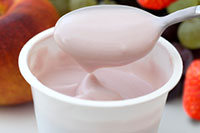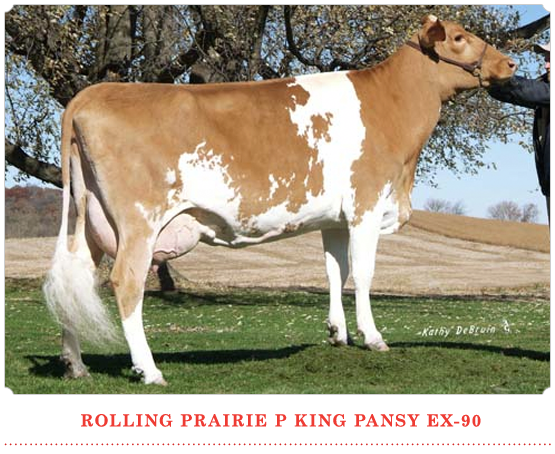The raw milk battle heats up
The Food and Drug Administration released a special warning late last week reminding consumers to forgo any consumption of raw milk. They report that at least 12 cases of illnesses have been confirmed in Michigan due to an outbreak of campylobacteriosis (symptoms include diarrhea, abdominal pain, and fever.) All cases of the foodborne illness have been linked to consumption of raw milk from a dairy farm in Indiana. From 1998 to 2008, 85 outbreaks of human infections resulting from consumption of raw milk were reported to the Centers for Disease Control. These outbreaks included a total of 1,614 reported illnesses, 187 hospitalizations, and 2 deaths. The FDA says that, because not all cases of foodborne illness are recognized and reported, the actual number of illnesses associated with raw milk is likely much higher.
The new warning from the FDA has garnered national attention recently, too. The Wall Street Journal published a piece just yesterday about the growing trend to throw FDA recommendations to the wayside and consume unpasteurized milk. "Raw milk is inherently dangerous and should not be consumed by anyone, at any time, for any reason," said John Sheehan, director of the FDA's division of plant and dairy food safety.
We realize that the income from raw milk sales may be appealing to some farms — especially when coping with the state of our dairy industry. However, the risks associated with it is simply poor business sense for all of us. It may take just one sickness from raw milk for an entire family to stop drinking milk all together. That's a family of consumers we can't afford to lose. We've worked hard to have reliably safe products on store shelves; let's not lose that badge of honor. And while proponents of raw milk consumption may tout "beneficial bacteria," there already is another dairy product that safely delivers that: yogurt.
Labels: raw milk






